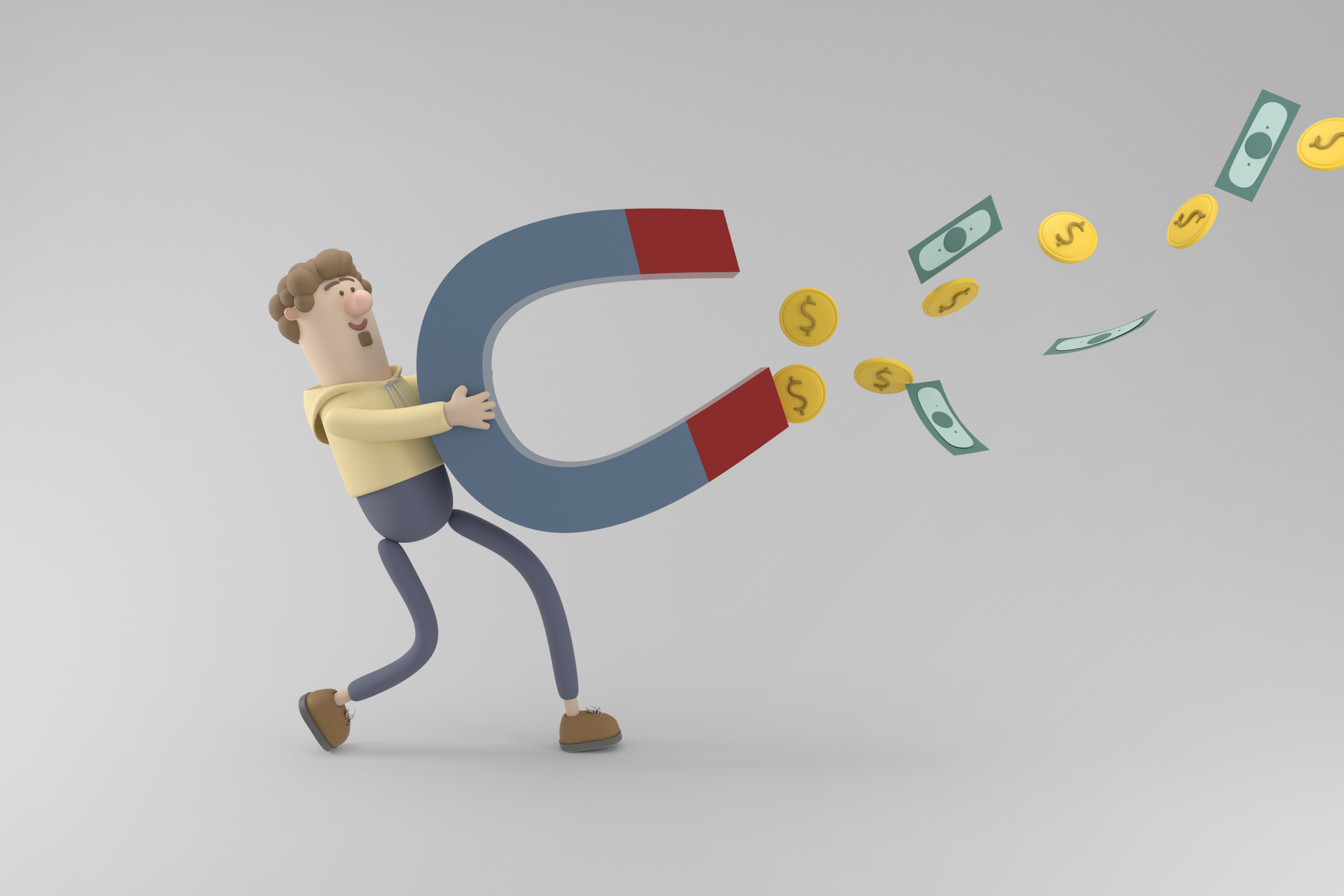Monetization model
 Ankit Jha
Ankit Jha
What
A monetization model is a method or strategy by which you earn money from a product or service.
Why
To select the appropriate monetization strategy for your product, begin by gaining a deeper understanding of your target audience.
Explore their preferences and behaviours, and determine their willingness to pay for your app and their tolerance for personalized ads. It's essential that the chosen monetization approach seamlessly integrates with the overall user experience and application flow. Making this decision early in the process ensures a harmonious alignment of monetization within the product's functionality and user journey, while also ensuring it aligns with your business model and value proposition.
When
A monetization model is used:
Developing new products: Before launch, revenue generation methods are determined.
Expanding offerings: New markets or features require monetization strategy consideration.
Seeking financial sustainability: Businesses struggling with revenue review and refine models.
Which
Here are some of the most popular models and examples of well-known companies:
1. Freemium - To grow business and acquire customers, companies offer free versions to customers but for a limited time or with limited features. To unlock the upgraded features, the customer has to opt for paid services. Examples: Zoom, Dropbox, MailChimp, Evernote.
2. Subscription - This model allows the customer to get services by paying a fixed amount every month or year. In this case, the company has to provide enough value to its customers, so they visit the website over and over again. Examples: Netflix, LinkedIn, Amazon Prime, Spotify.
3. Marketplace - A company acts as a middleman between two individual parties and creates value for both demand and supply. It makes money through commissions. Examples: Airbnb, Uber, eBay, UpWork.
4. Franchise - A company licenses its resources and intellectual property to transfer it to an individual. The franchisee pays a one-time fee and regular royalties. The franchisor provides training, support, and marketing assistance. Examples: McDonald’s, Subway, Marriott,7-11.
5. Ads - This model refers to a revenue generation system in which users don’t have to pay for the services offered. But the business still earns revenue streams from companies that advertise on this platform. Examples: Google, Facebook, Instagram, X.
6. Transactional - This is a model related to digital payments. Each successful transaction generates revenue for the company by charging commissions to users or money recipients. Crypto exchanges, payment systems, and financial institutions actively use it. Examples: Mastercard, PayPal, Apple Pay, Stripe, Binance, Bitpay.
How
Complement the User Experience: Monetization should enhance or at least not detract from the user experience. Choose partners that add value and price your offerings thoughtfully.
Think Long Term: Prioritize strategies that ensure long-term sustainability over short-term gains. Short-term deals might impact metrics and user satisfaction in the long run.
Be Creative: Explore innovative monetization methods beyond traditional advertising, adapting strategies to your unique product.
When Not
A product has no monetization mechanisms built into it due to any of these:
An experimental product /department inside a well-funded larger corporate which can afford to lose money
A venture-backed startup which has yet to monetize in any meaningful way but has the necessary funds to keep the lights on and is demonstrating growth
A side project you work on for fun which may never become a business. And that’s OK.
Monetization, often associated with exploiting users, needs a broader perspective. It involves deriving revenue from the value a product offers its users. However, misconceptions exist, similar to the stigma around sales and money.
Monetization should harmonize with the user experience and be aligned with the product's stage of development. For startups, excessive early monetization might hinder growth. A focus on revenue should evolve as the product matures.
Help
Here, Some benefits of monetization:
Revenue generation: Supports stability and growth through consistent income.
Profitability: Effective pricing drives profitability and maximizes ROI.
Customer value: Designed models ensure value exchange, fostering satisfaction and loyalty.
Flexibility and adaptability: Adapts to market changes, keeping businesses competitive.
Summary:
To ensure a product's success as a business, it must demonstrate its viability by generating sufficient revenue. This revenue can cover expenses, pay investors, or attract further investment based on the promise of future growth.
What is your business idea? What business model are you planning to apply? What popular model did I forget to mention?
Send me a direct message on X , If you're curious or have any questions on the subject; I'd be pleased to chat with you!
Subscribe to my newsletter
Read articles from Ankit Jha directly inside your inbox. Subscribe to the newsletter, and don't miss out.
Written by

Ankit Jha
Ankit Jha
I am an Engineer, open source contributor and technical writer.
